7 Android features that help reduce travel anxiety
From turn-by-turn navigation to on-the-fly language translation, here's how your Android phone can help you on your trip.
1. Conversation mode in Google Translate to talk with locals
If you're visiting a country where you don't speak the local language, getting around and talking to locals can be difficult. Translation apps are very useful in such cases, but having to wait for translation after typing each sentence is very inconvenient. To make talking to locals seamless, Google Translate has a Conversation mode.
Once activated, you and the other person can talk as you normally would in a chat, and the app will continue to translate what you're saying in real time. You can read the translation on screen or set the app to read the translation out loud after you finish speaking.
To use this feature, open the Google Translate app, tap Conversation , and start speaking. To read the translation aloud, tap the settings icon and turn on Auto playback . You can also adjust the text size of the translated speech from the same menu.

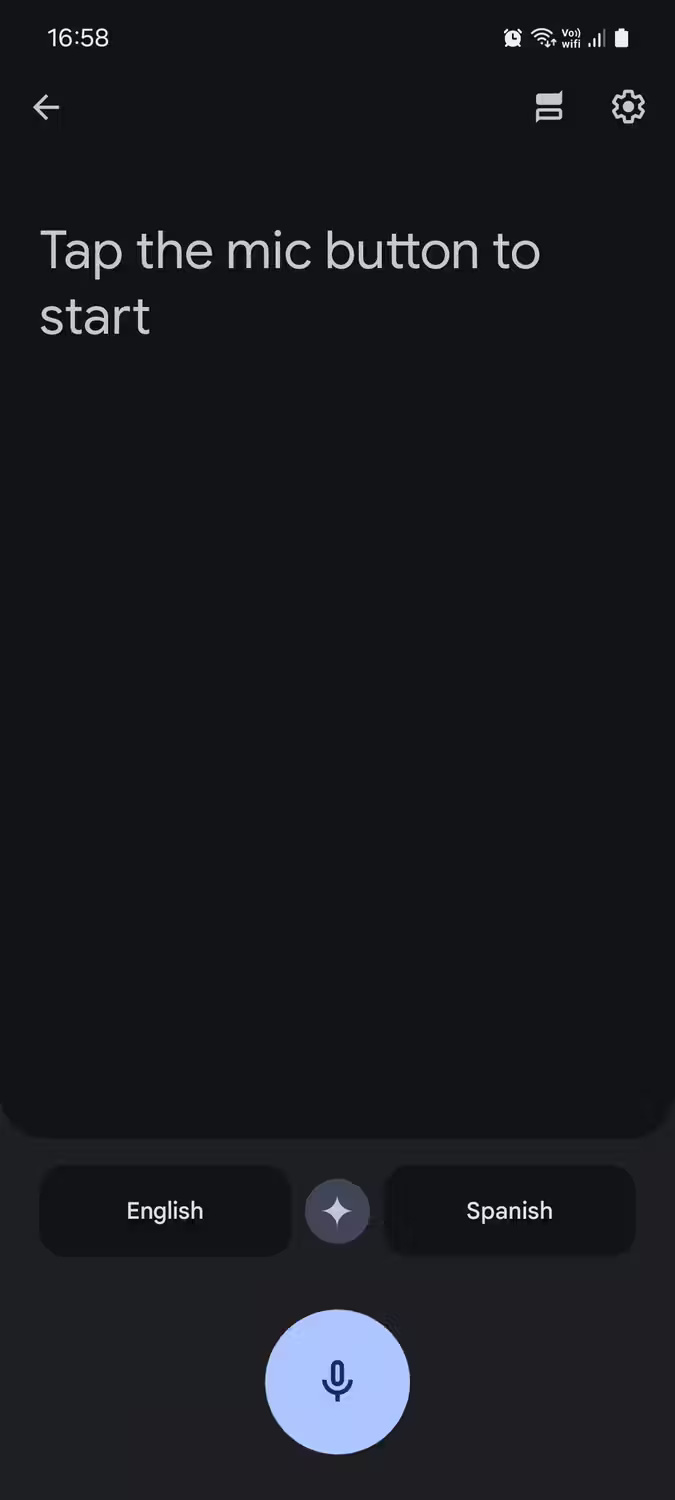
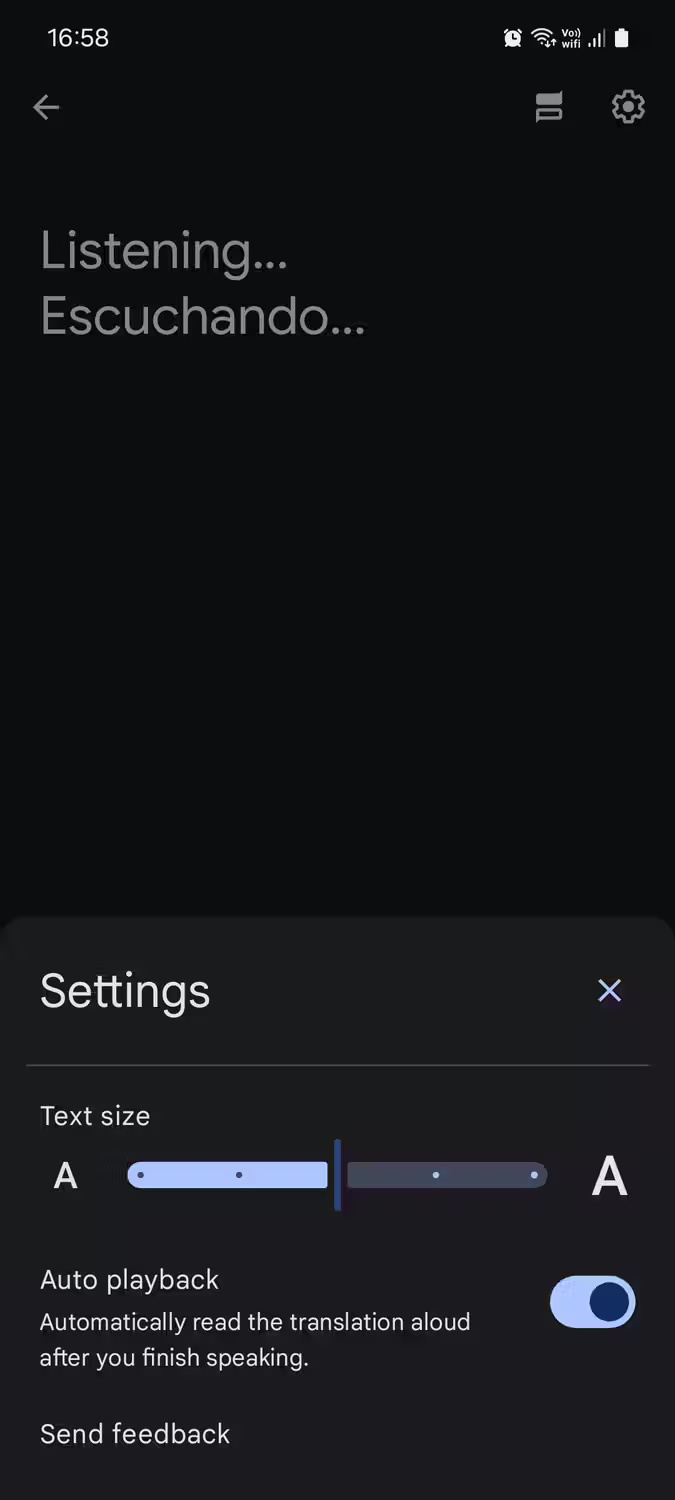
2. Offline maps for navigation without an Internet connection
Google Maps allows downloading offline maps so that a certain area can be navigated without an Internet connection. This is useful in case you want to save your mobile data or the signal is unreliable. To do this, open the Google Maps app, tap your profile picture, then click Offline Maps .
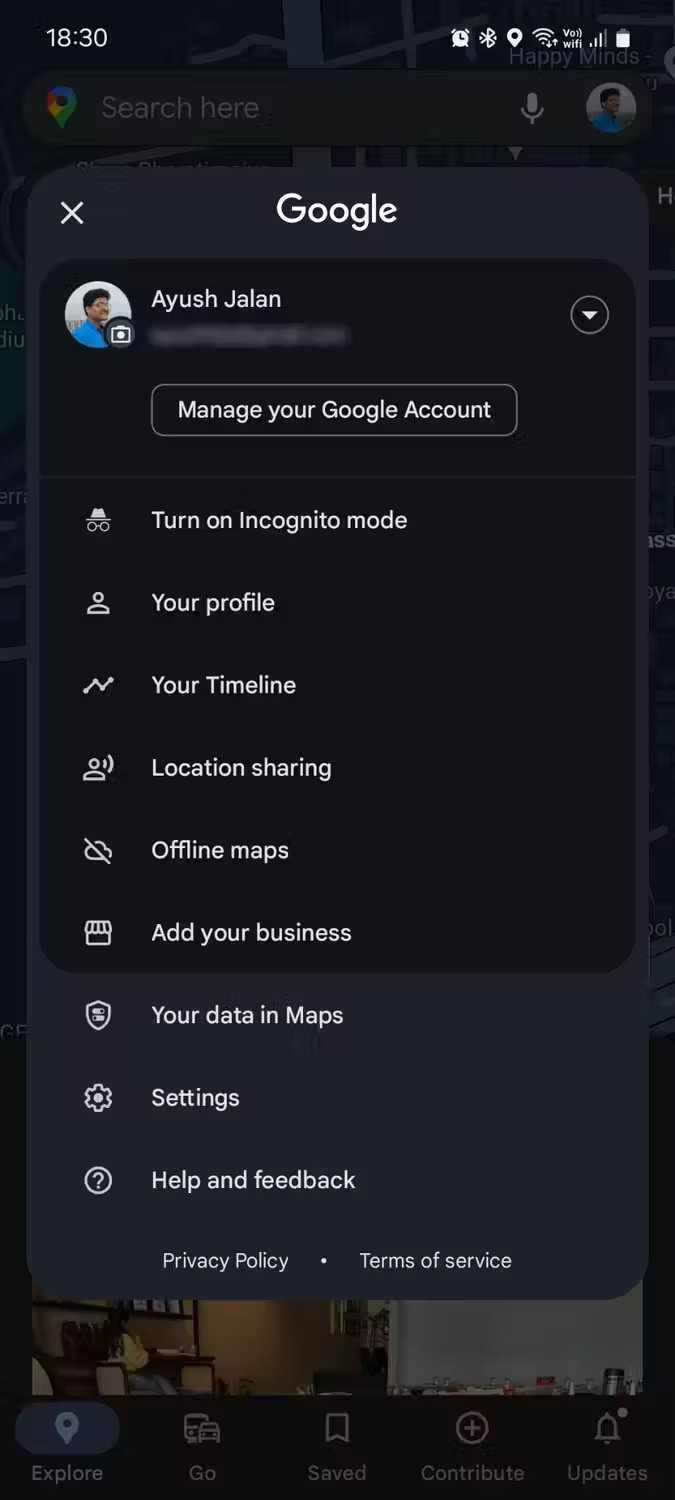
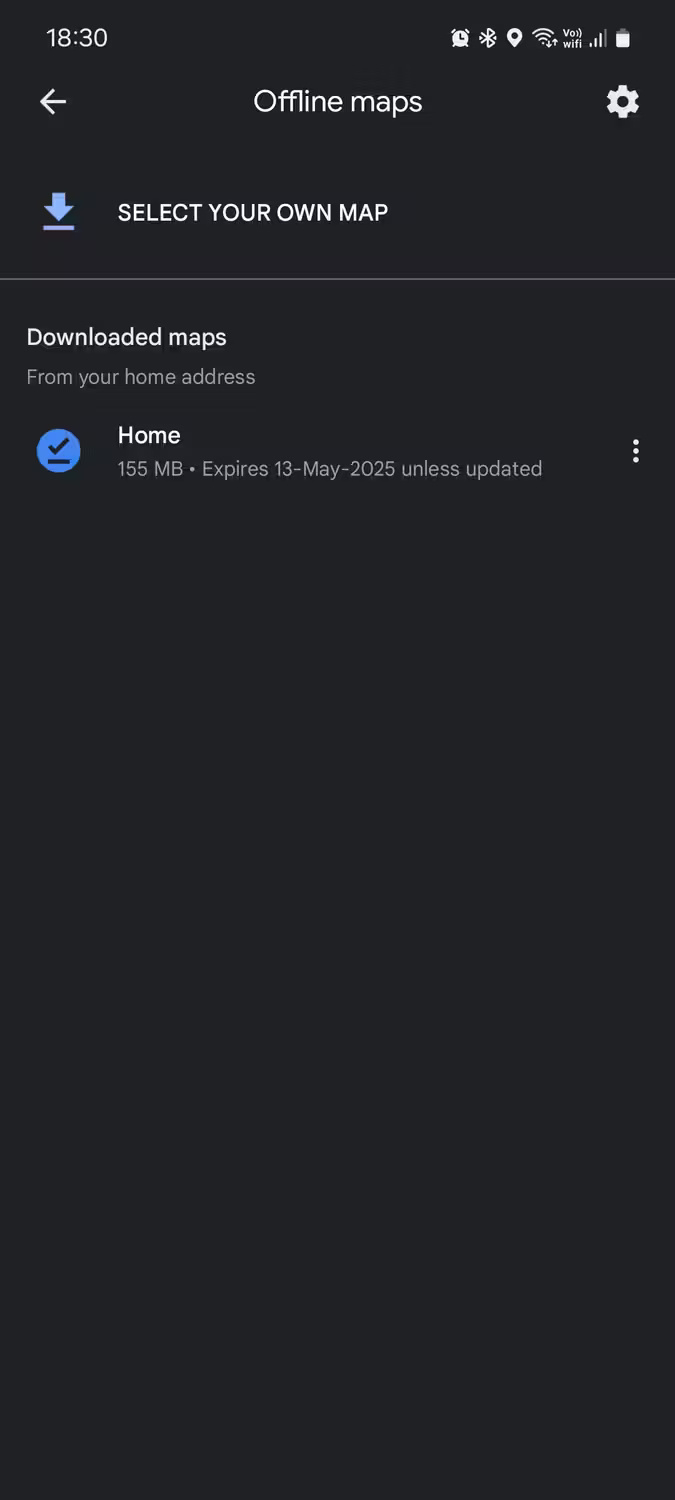
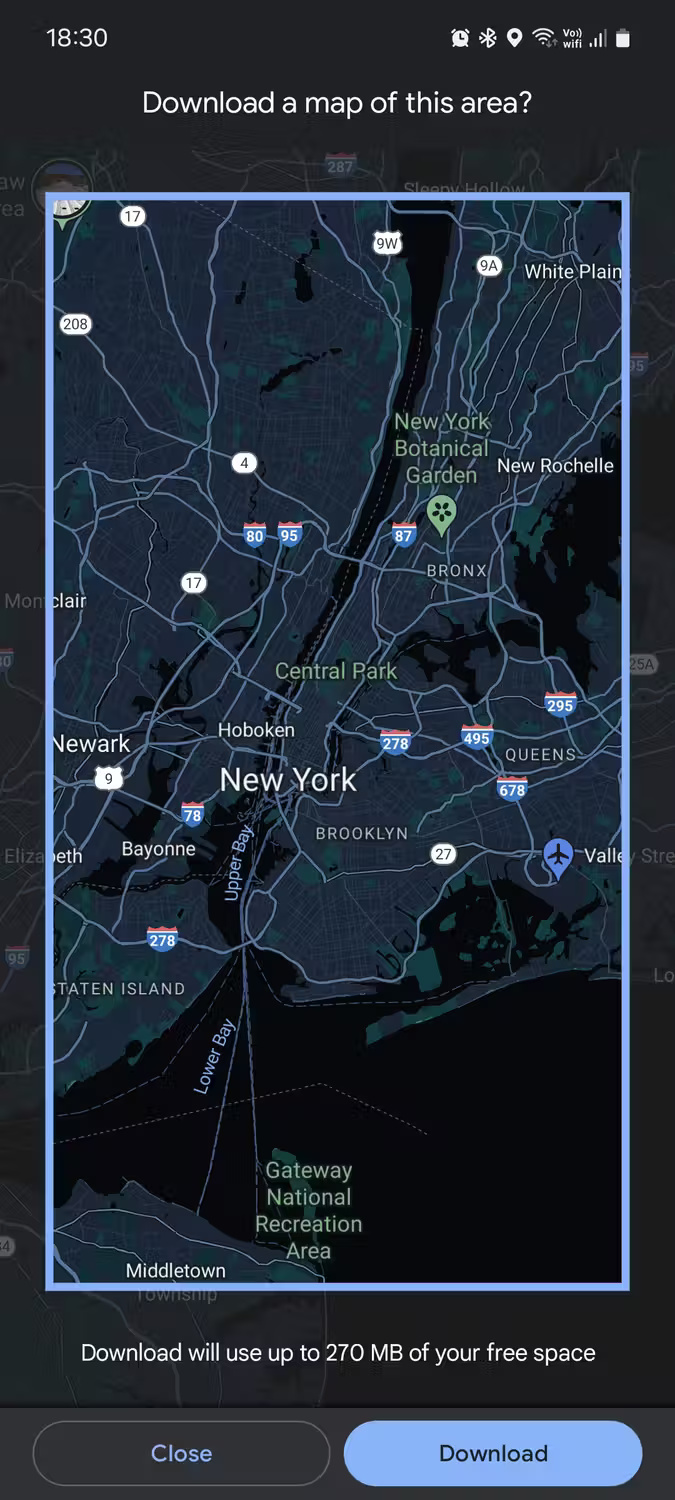
Here, press SELECT YOUR OWN MAP , then pinch the screen to zoom in or out and set the area you want to download the offline map. You can also see an estimate of how much storage space offline maps will take up on your device. The larger the area selected, the more storage space is needed. Click Download to start.
Note : Offline maps expire after one year. Google Maps usually tries to update them automatically but if it fails, you can update them manually by tapping your profile picture > Offline maps > expired or expiring area > Update .
3. Share location for updates with loved ones
Google Maps also allows real-time location sharing with friends and family to keep them informed of your whereabouts. To share your location, open the Google Maps app, tap your profile photo, then select Location Sharing . On the next page, tap Share location .
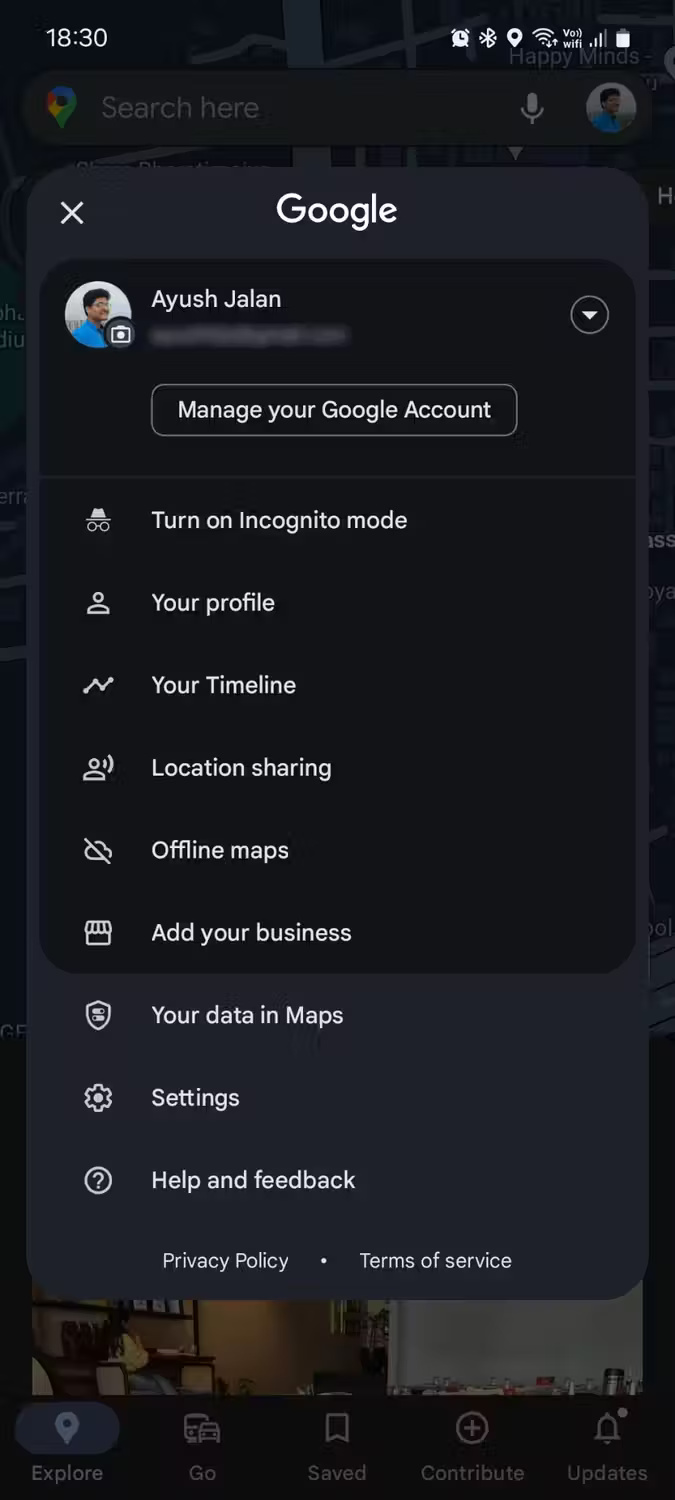
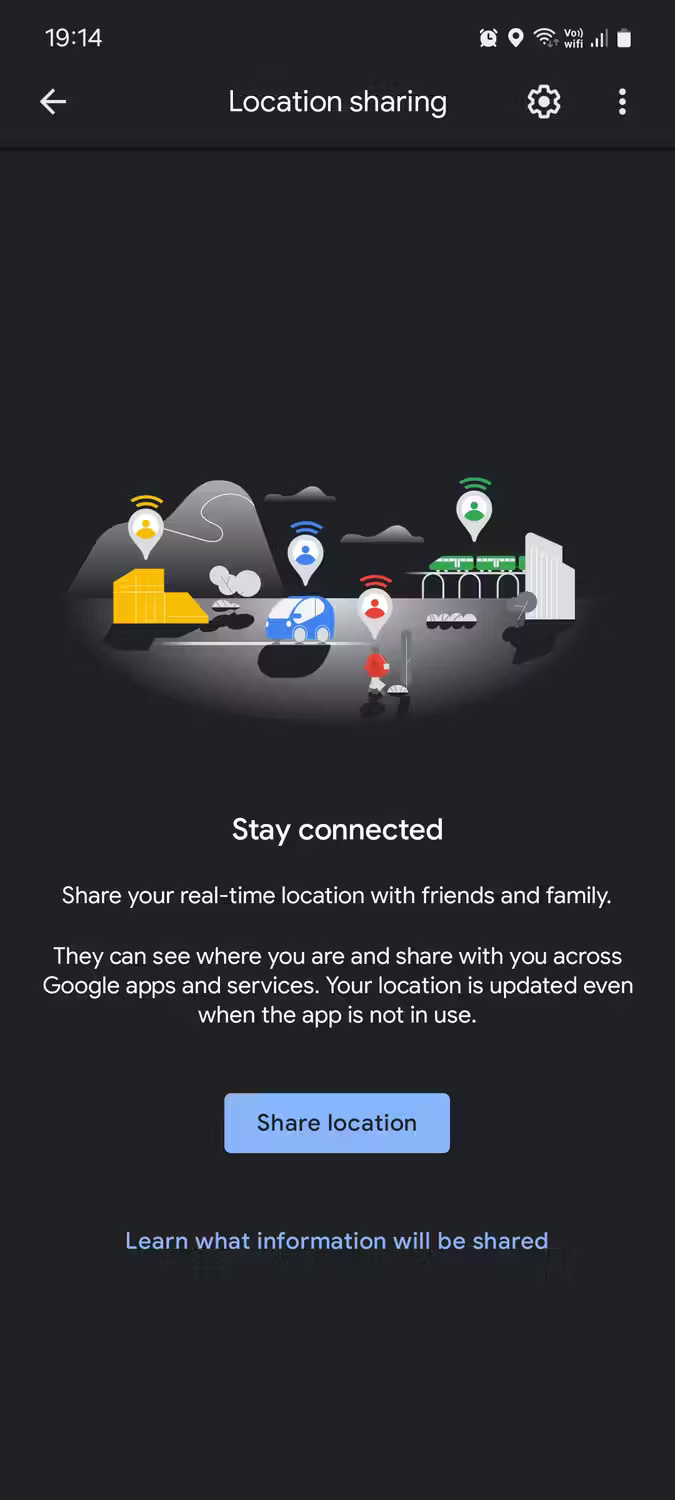
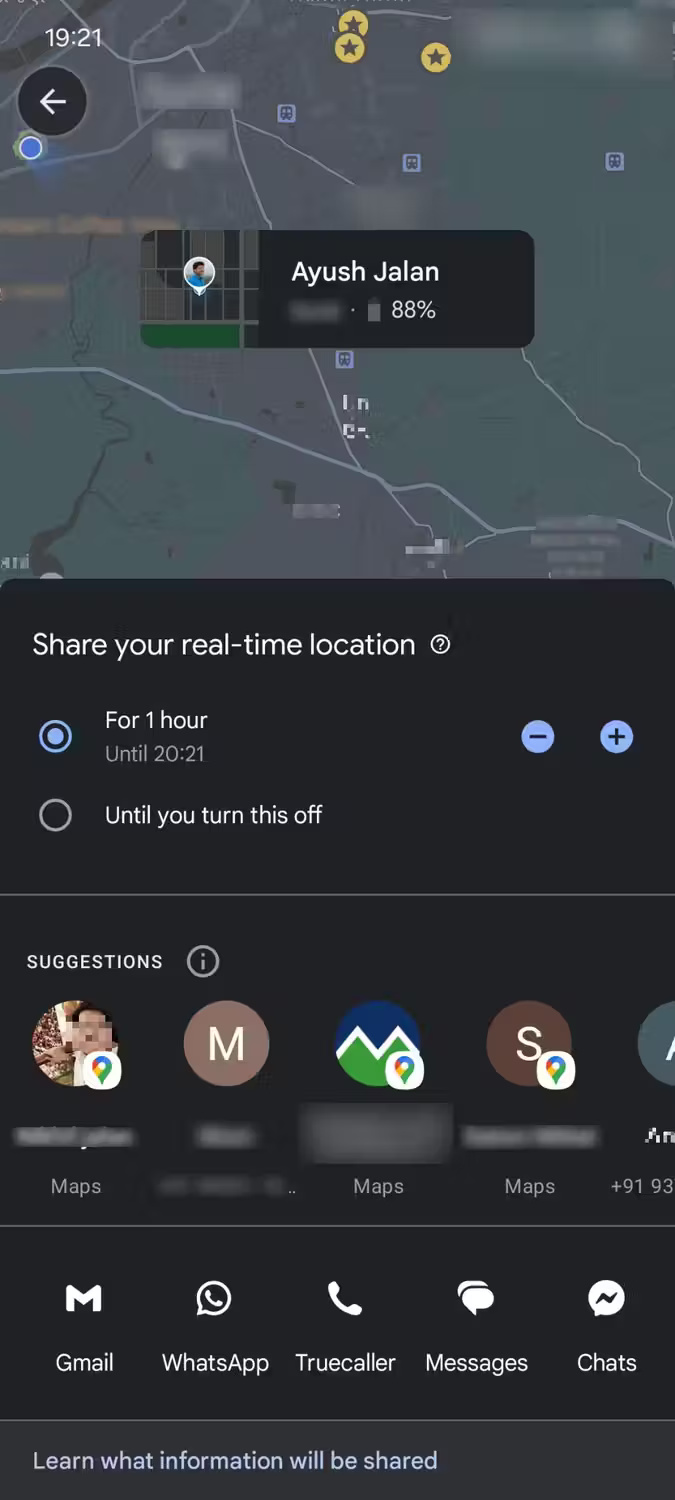
Here, choose whether you want to share your location for a fixed period of time (up to 24 hours) or until location sharing is turned off. Next, tap the contact(s) you want to share location with.
Note : Sharing your location requires location services to be turned on at all times, so the longer you share your location, the more battery your phone uses.
You can also share your location with a link via Gmail, WhatsApp, Messages or any other app if the desired contact doesn't appear in the suggestions. You can manually stop sharing your location at any time by accessing the Location Sharing menu .
4. Files application to store important documents
The built-in Files app on Android phones allows you to create a separate folder where you can store all your important travel documents in one place to conveniently organize everything and avoid last-minute panic.
Just open the Files app, navigate to your internal storage or SD card (if you have one inserted), create a new folder here and give it a name. Now go back to the main menu and use the search tool to find important documents and move them to the created folder.
5. Extreme Battery Saver feature to preserve battery life
Having your phone run out of battery while traveling is not only inconvenient but can even be dangerous. Unless you're going to be carrying a powerful power bank, not having a power outlet can be a challenge, especially if you're traveling somewhere remote.
In cases where you are not sure whether you have enough battery when you need it, you should use the Extreme Battery Saver feature on your Android device. Each manufacturer names and implements this feature differently on their devices, but it's essentially the same.
Extreme Battery Saver saves more energy than regular battery saver mode by pausing all background processes, slowing down processing, turning off unnecessary features, and pausing or blocking apps. Use not allowed.
To enable this feature on Samsung devices, go to Settings > Battery > Power saving and enable Limit apps and Home screen . Now, when power saving mode is enabled while the feature is active, you will only be able to use 8 apps. 4 of these apps come pre-installed (Phone, Messages, Gallery and Settings) but the remaining 4 can be set manually.
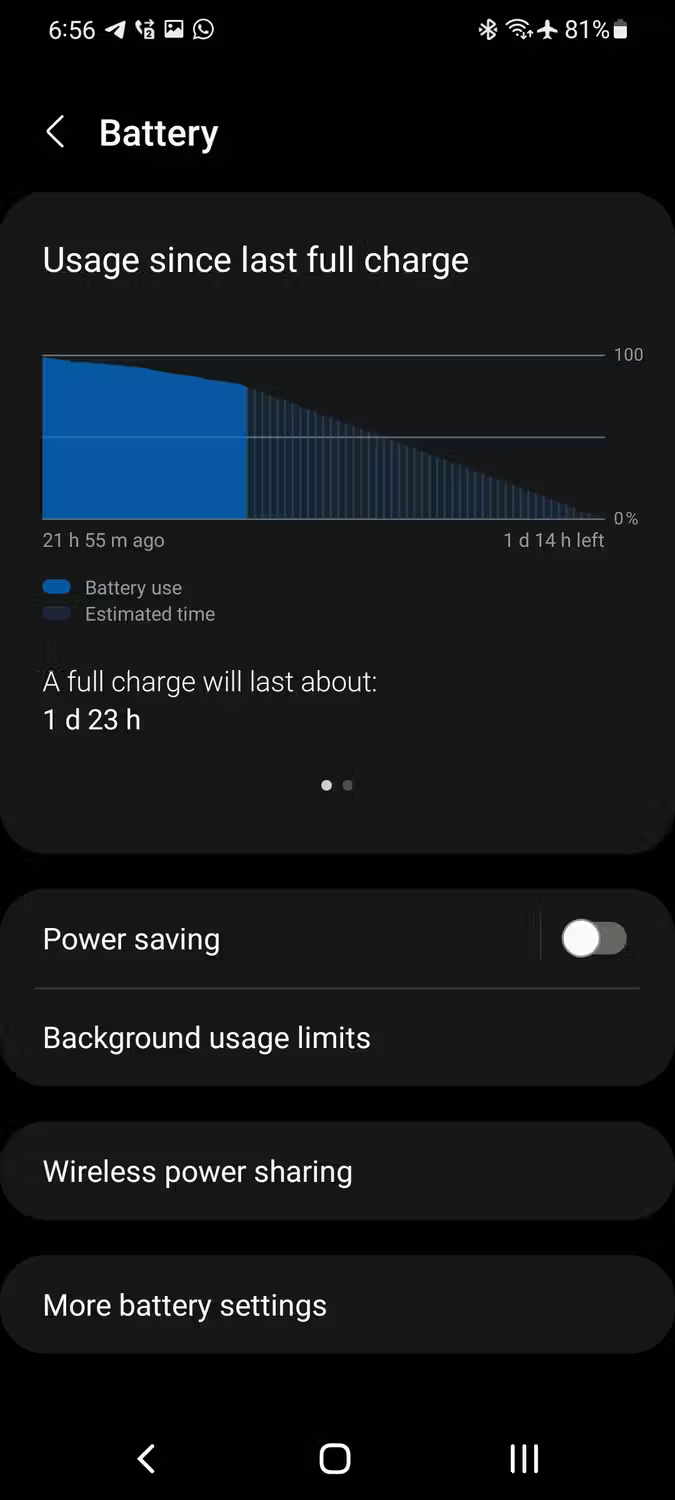
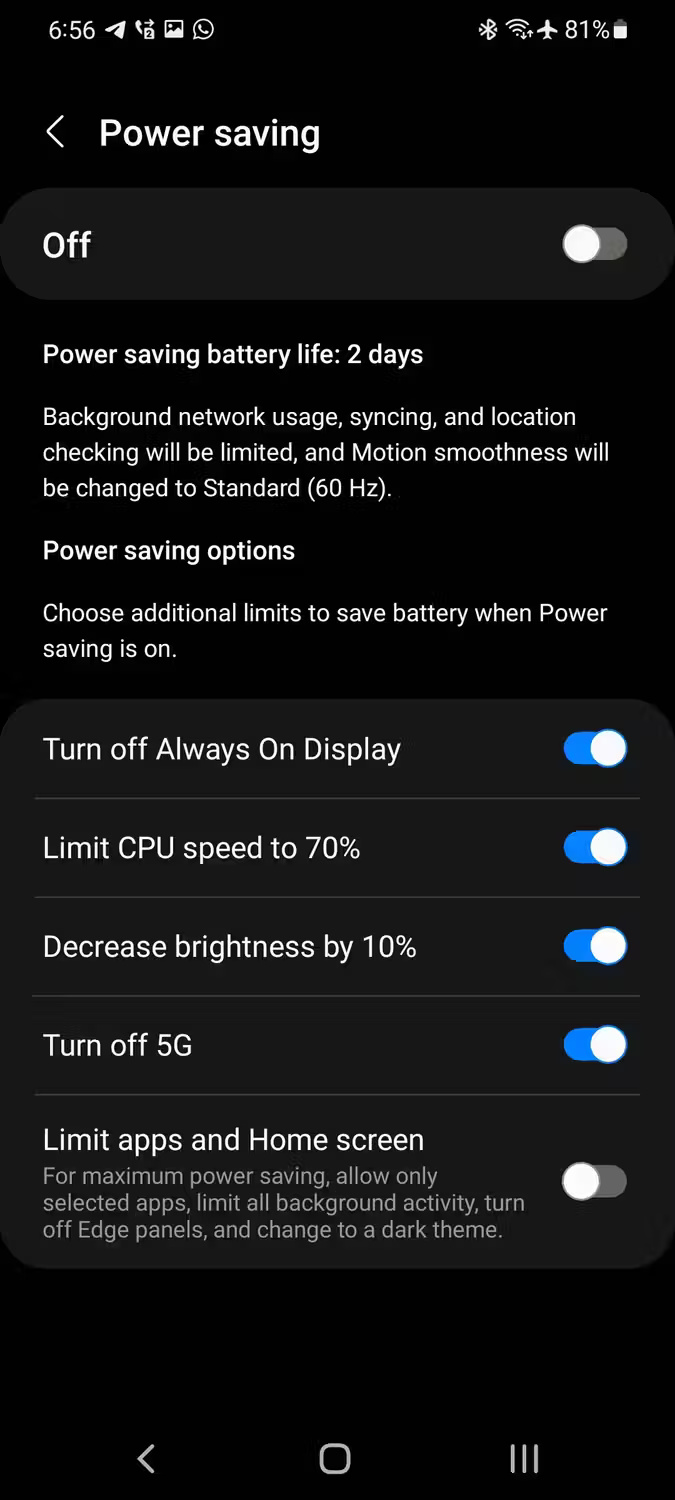
6. Locate your lost phone using Find My Device
Google's Find My Device service is a lifesaver if you've lost your Android phone and need help finding it. If you lose your phone, visit the Find My Device website on another device and sign in with your Google account.
Here it is possible to see the current battery percentage of the lost phone, last seen status, network connected and whether location services on the phone are enabled. If location is enabled, you will be able to track the device in real time.
Click the Play sound option if you are near the location where your phone was lost. If someone takes your lost phone, they won't be able to turn off the sound. And if you feel your personal data may be at risk, use the Secure device option to lock your device and sign out of your Google account.
If you cannot recover your lost Android phone for any reason, use Factory reset device to erase all data on it. After resetting, Find My Device will not be able to track the device's location.
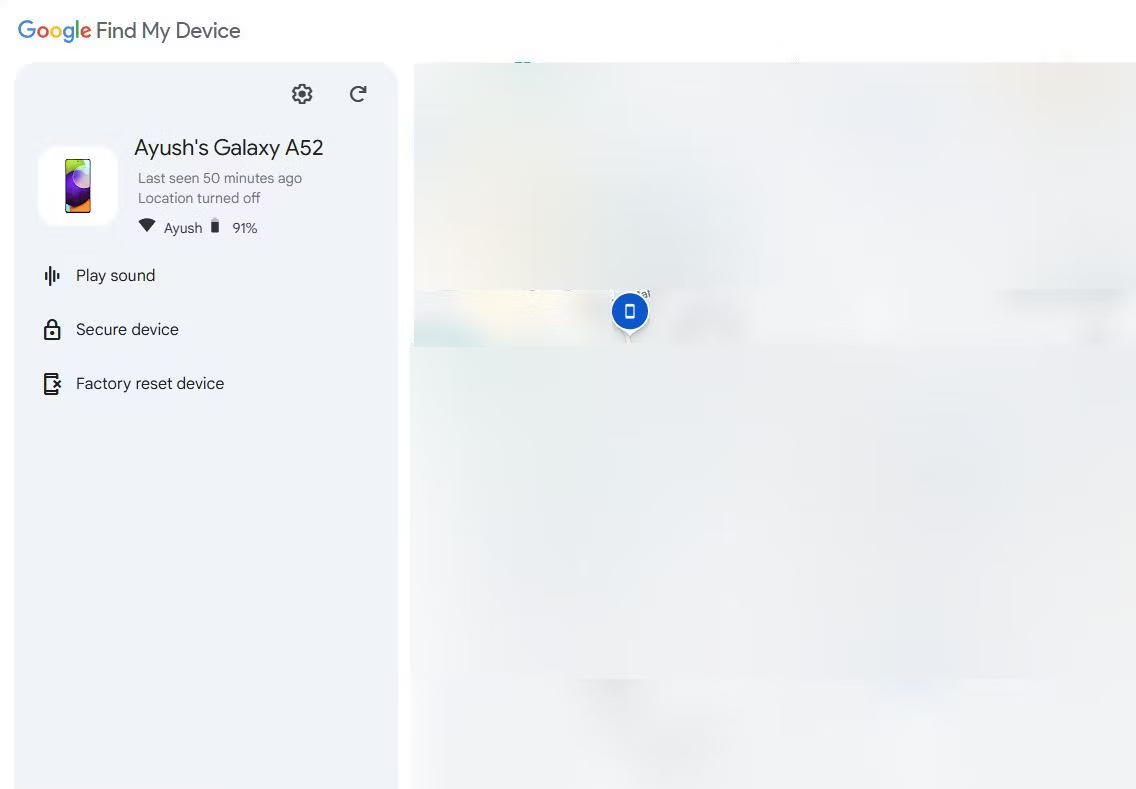
7. Emergency feature
Android devices have several emergency features that can save you when in danger. First, emergency contacts and medical information can be added on the lock screen so that if there is an emergency, the first person on the list can notify loved ones and assist you.
To do this on a Samsung device, go to Settings > Safety and emergency > Emergency contacts . Here, turn on Show on Lock screen and tap Add emergency contact to start selecting the desired contacts. Once done, tap Done .

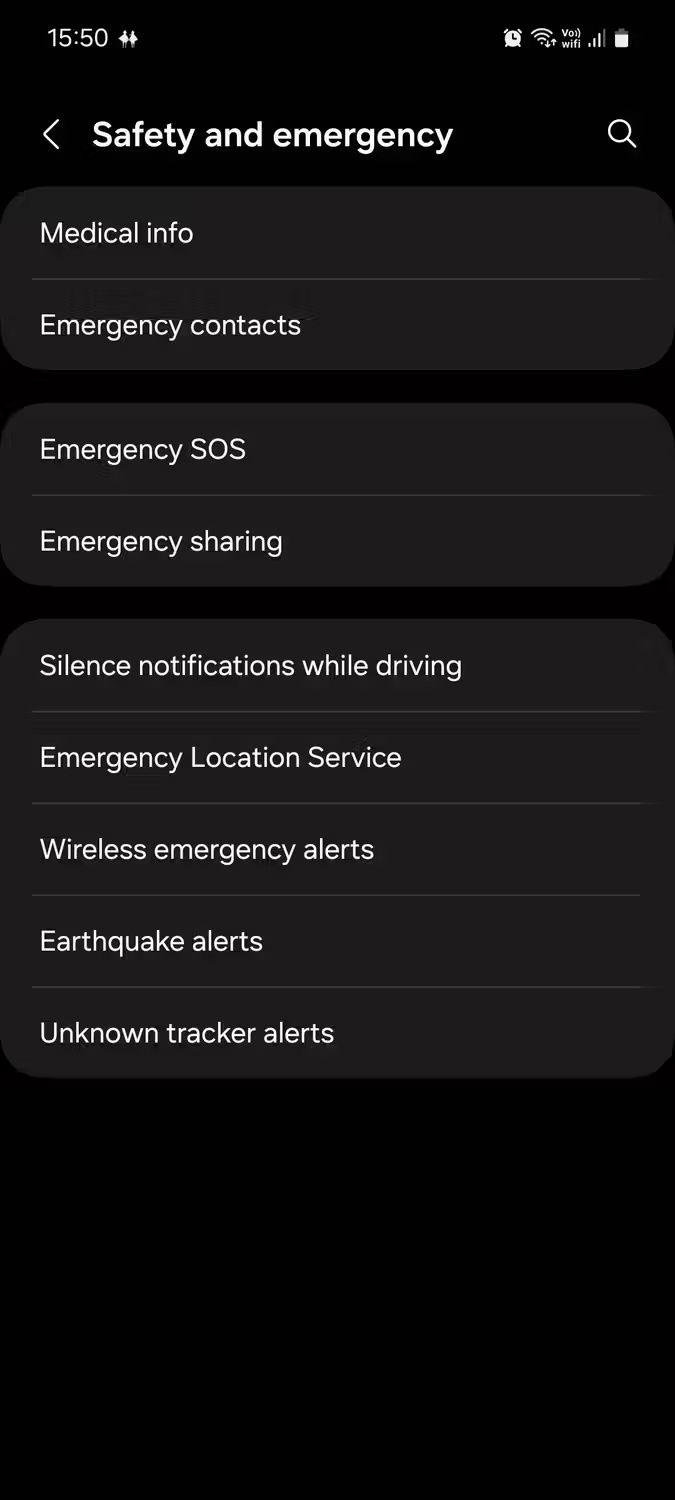
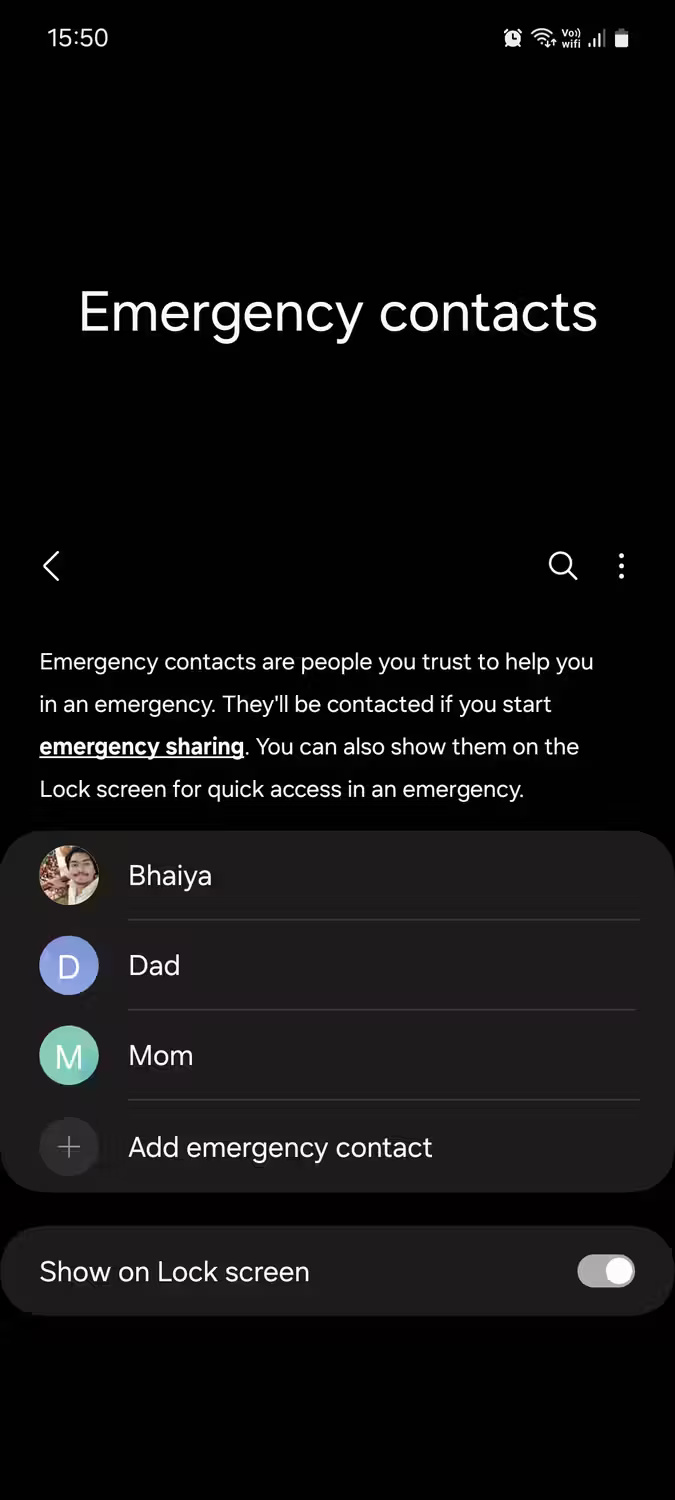
Emergency SOS does not require manual setup. If you are in an emergency situation, pressing the power button 3 times quickly will call the local emergency number. On non-Samsung phones, you may have to press the power button 5 times.
In addition to Emergency SOS, you should also know about the emergency sharing feature, which sends the current location and request for help to emergency contacts, and lets them know if the location your battery has changed or the battery is about to run out.
To enable this feature on your Samsung phone, go to the Safety and emergency menu , tap Emergency sharing , and select Continue . Here, you will see the Start emergency sharing option . Clicking this will enable this feature.
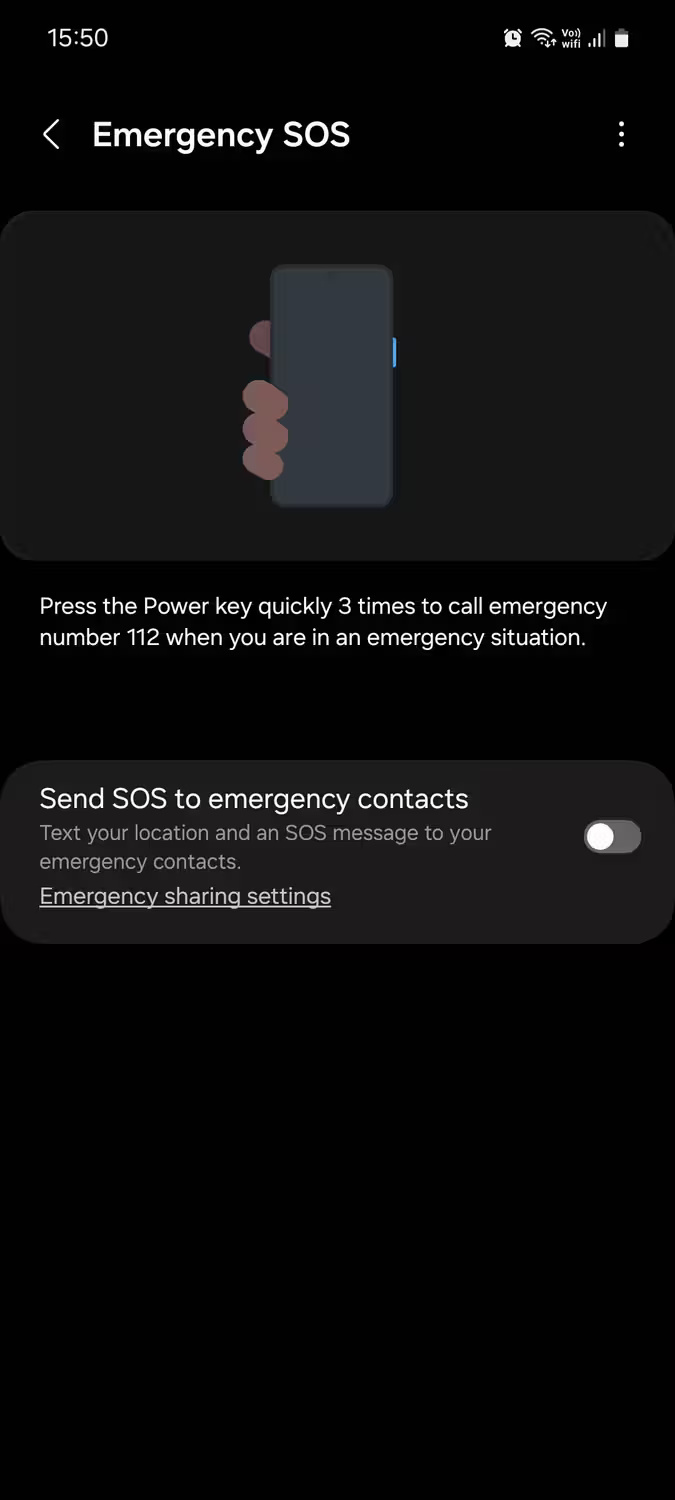
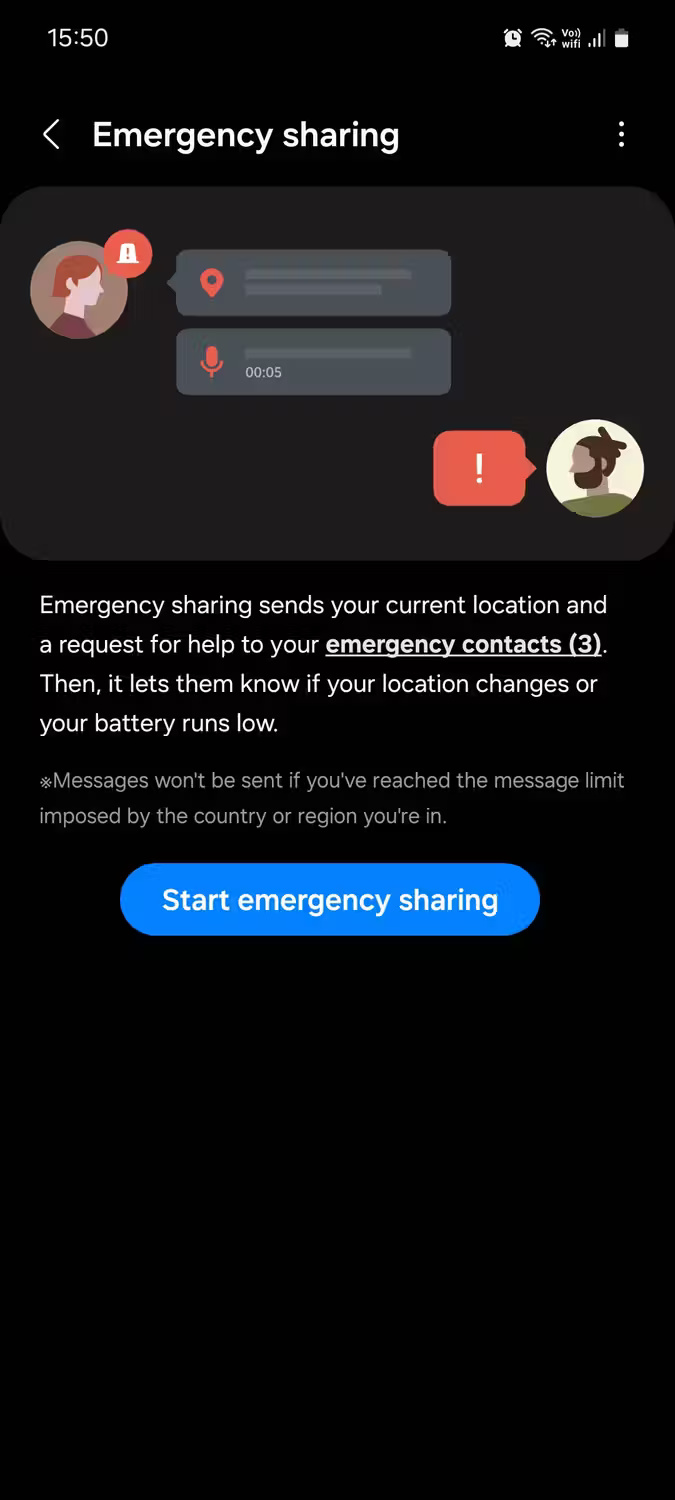
Android offers many features that can be useful when traveling, so it's worth diving into your device's settings and looking around. Smartphone manufacturers often add a bunch of new features on Android through custom skins, which can be very useful.
You should read it
- Learn new features of Android Q (Android 10)
- Features Android 11 R has known so far
- 6 new features on iOS 16 that Android has had for a long time
- 3 newly changed settings of Android P
- Here are all the new features in Android 15!
- 3 hidden features on Android P should be explored immediately
- Android SDK - Download Latest Android SDK
- 8 interesting features on Android 10 that you should experience
- 11 little-known Android tips to make your life easier
- All you need to know about Android Pie
- New features of Android Auto
- What's new in Android P 9.0?
May be interested

Cheap smartphones can have serious privacy problems

The original Snapdragon X Elite benchmark couldn't even beat the Apple M3, let alone the M4!

How to log in to SSH server with GPG key

List of Samsung Galaxy devices that will not be updated to One UI 7 (Android 15)

6 reasons you should choose Snapdragon X Elite chip for your next laptop

Your data will probably never disappear






 3 simple ways to curb anxiety with natural food
3 simple ways to curb anxiety with natural food 5 postures to reduce stress immediately in just 2 minutes
5 postures to reduce stress immediately in just 2 minutes 7 Self-Soothing Techniques for Stress and Anxiety Relief
7 Self-Soothing Techniques for Stress and Anxiety Relief 3 things to do if you want to get rid of anxiety in life
3 things to do if you want to get rid of anxiety in life Just 2 minutes, these 7 websites will help you relax your mind very effectively
Just 2 minutes, these 7 websites will help you relax your mind very effectively 9 effective ways to reduce stress immediately
9 effective ways to reduce stress immediately